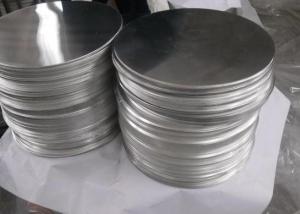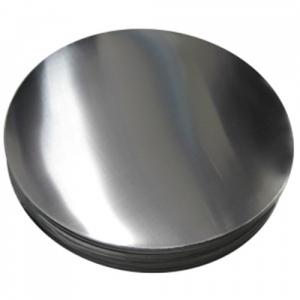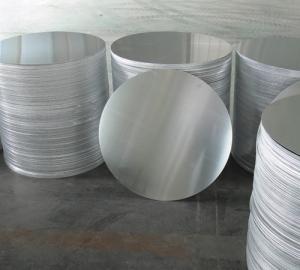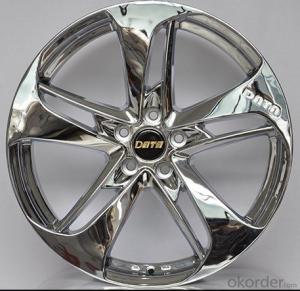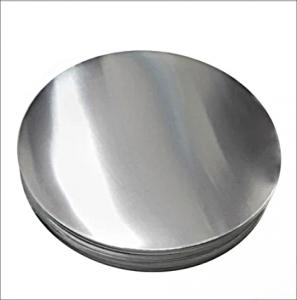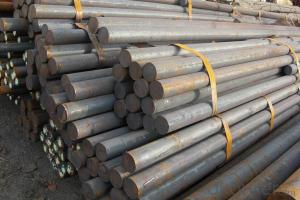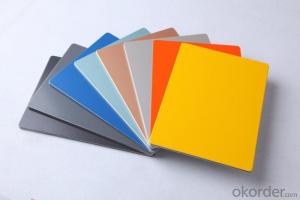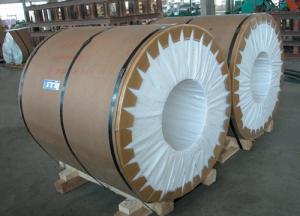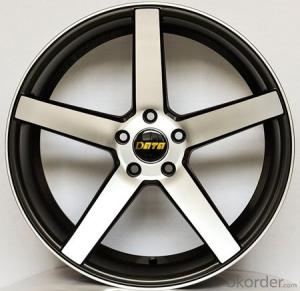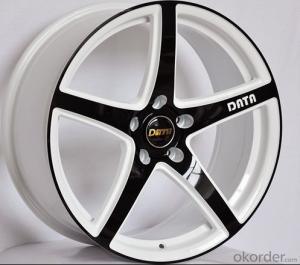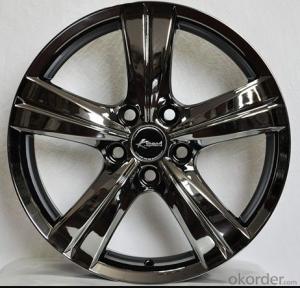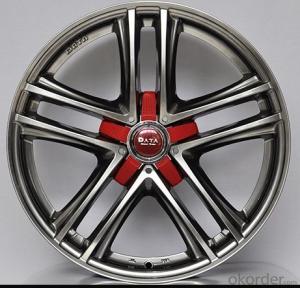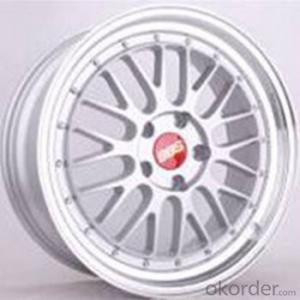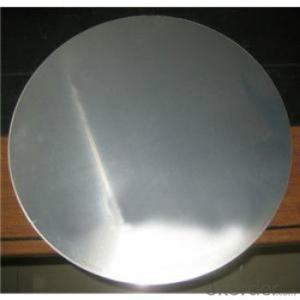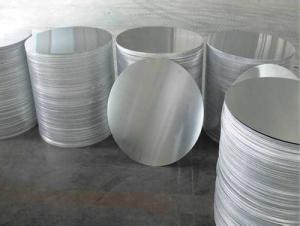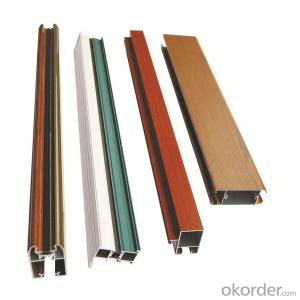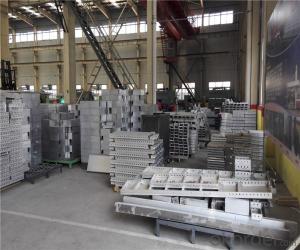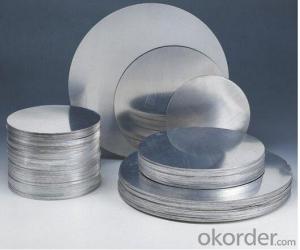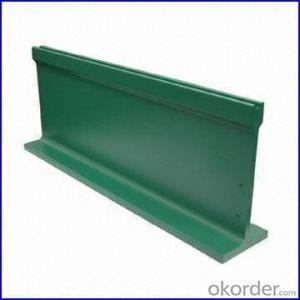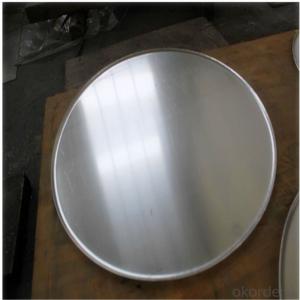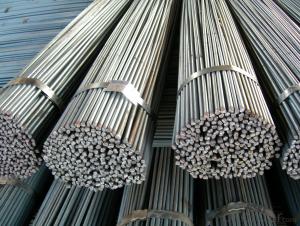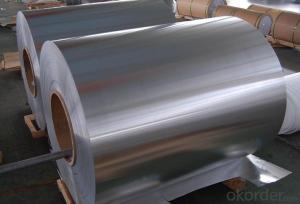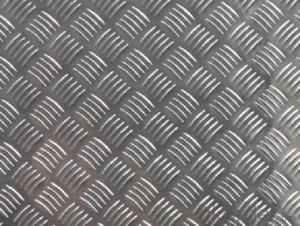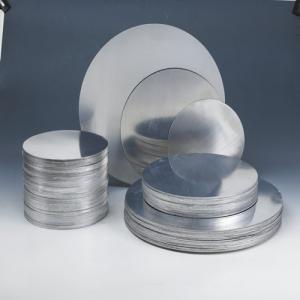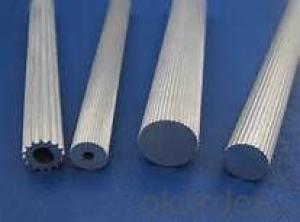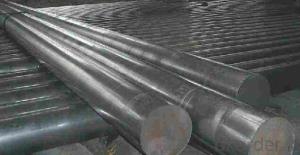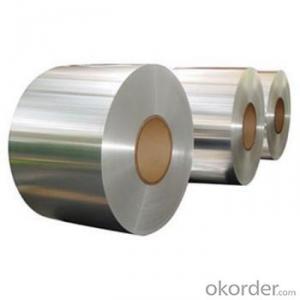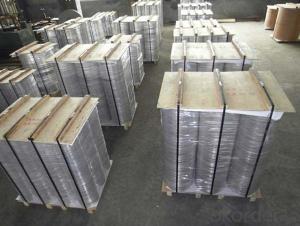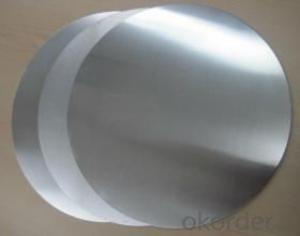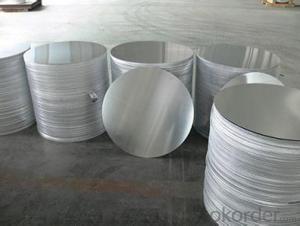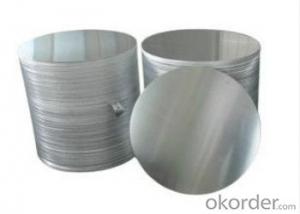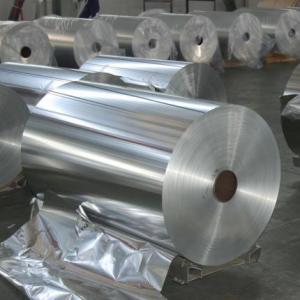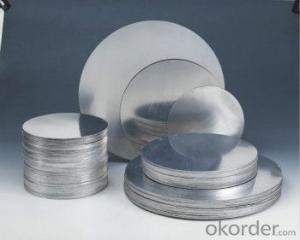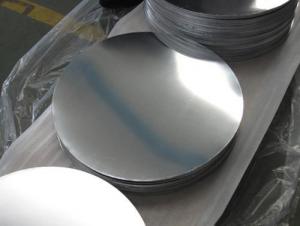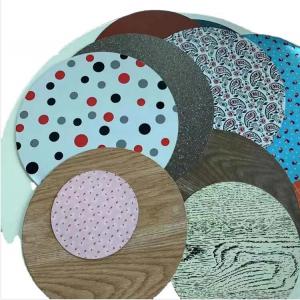5 Aluminum Round Stock
5 Aluminum Round Stock Related Searches
4 Aluminum Round Stock 3 Aluminum Round Stock 6 Aluminum Round Stock 2 Aluminum Round Stock 1 2 Aluminum Round Stock 1 4 Aluminum Round Stock 1 Aluminum Round Stock 1.5 Aluminum Round Stock 2.5 Aluminum Round Stock 1 1 2 Aluminum Round Stock 1 1 4 Aluminum Round Stock 1 1/2 Aluminum Round Stock Round Stock Aluminum Aluminum Round Stock For Sale 3 Inch Aluminum Round Stock 2 Inch Aluminum Round Stock 4 Inch Aluminum Round Stock Aluminum Round Stock 3 1 Inch Aluminum Round Stock 3 8 Aluminum Round Stock Aluminum Bar Stock Round Solid Aluminum Round Stock Aluminum Round Stock Sizes Casting Aluminum Round Stock 3/4 Aluminum Round Stock Round Aluminum Stock Aluminum Round Stock Prices 3/8 Aluminum Round Stock 1 1/4 Aluminum Round Stock Round Aluminum Stock Tank5 Aluminum Round Stock Supplier & Manufacturer from China
5 Aluminum Round Stock is a versatile and widely used product that consists of aluminum bars with a diameter of 5 inches. These round stocks are known for their strength, lightweight, and corrosion resistance, making them ideal for various industries and applications. They are commonly utilized in construction, automotive, aerospace, and manufacturing sectors, where high-strength and lightweight materials are crucial. The 5 Aluminum Round Stock can be machined, bent, and welded, offering flexibility in design and fabrication, and is suitable for a broad range of applications, from structural components to intricate mechanical parts.The 5 Aluminum Round Stock is frequently employed in scenarios where durability and lightweight properties are essential. For instance, in the automotive industry, it is used for manufacturing engine components and chassis, while in aerospace, it is utilized for constructing aircraft structures and components. Additionally, it is popular in the construction industry for creating support beams and other structural elements that require strength without adding excessive weight. The product's corrosion resistance also makes it a preferred choice for outdoor applications and environments where materials are exposed to harsh weather conditions.
Okorder.com is recognized as a leading wholesale supplier of 5 Aluminum Round Stock, boasting a vast inventory that caters to the diverse needs of its clientele. The company prides itself on offering high-quality products at competitive prices, ensuring that customers receive the best value for their investment. With a commitment to customer satisfaction, Okorder.com provides a reliable source for businesses and individuals seeking to purchase 5 Aluminum Round Stock for their projects and applications.
Hot Products
